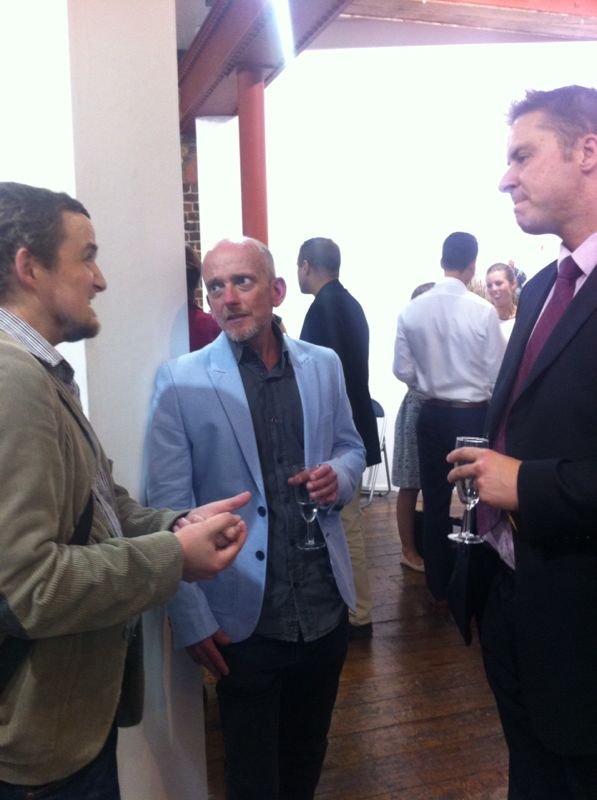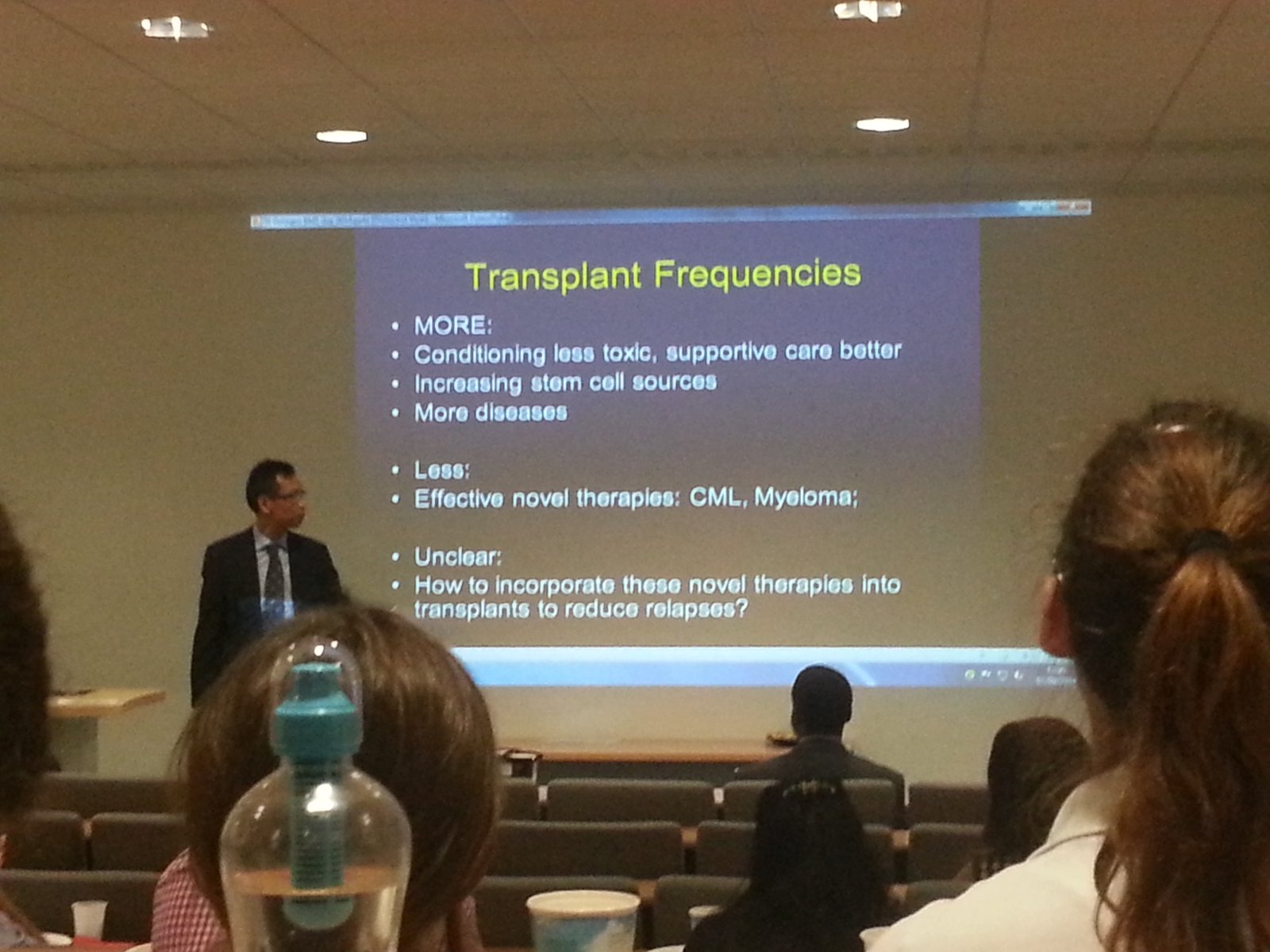
On Thursday evening I had the privilege of attending a private viewing of Anthony Nolan‘s fantastic After exhibition, and I’m still trying to process the thoughts and emotions it inspired in me. After comprises photos showing patients who have had bone marrow transplants, accompanied by a description of their story, often focusing on a particular aspect of life they have managed to return to, or discovered, since their transplant.
I found it moving and inspiring, thought-provoking and life-affirming, and awesome in the traditional sense of the word. It’s not a big exhibition, but punches way beyond its weight, conveying beautifully the magnitude of the impact a transplant can have on a life – positive and negative. Unfortunately it’s finished now, but you can download a PDF from the event page. You won’t regret it.
The stories and photos speak for themselves, but were brought to life even more powerfully at the private viewing, attended by a number of the subjects, other post-transplant patients and the fabulous Anthony Nolan team. It was a delight to catch up with a few fellow transplantees I had previously met: Paul and Chris, who had their transplants at St George’s during the time between my initial treatment and my relapse; and Martin, who had his transplant a few weeks before mine.

Perhaps the most special moment, though, was to meet Simon Bostic, who had the UK’s first bone marrow transplant from an unrelated donor as a toddler back in 1973. His very presence was special, but he also shared his story, given even greater vibrancy by details from newspaper clippings and an unfinished book by his grandmother. His transplant “made the impossible possible” and inspired Shirley Nolan to come to the UK in search of a cure for her son, Anthony, and subsequently to set up the Anthony Nolan register in 1974. Fast-forward 40 years, and they found me a match, so having a chance to talk to Simon was incredibly special.
These were some of the thoughts and emotions conjured forth that evening:
Luck
Just over five months ago, I had a transplant from an unrelated donor as it was the only option to give me a chance to survive anything more than a short period of time. Meeting the first person ever to have had that same procedure in the UK is mind-boggling. I feel lucky to live in an era when it is possible; and amazed and happy to think of all the patients over the years who have benefited from that extra chance.
Inspiration
Many of the individuals photographed were directly inspired by the second chance their transplant gave them to achieve something they had never considered, or would probably never have got around to doing otherwise. It’s a reminder to get on with life, and seeing what they have done makes me more determined than ever to make the most of what I have.

Hope
By focusing on the present, I’ve always managed to limit my fear of worst-case scenarios, and whenever my prognosis has worsened, I’ve become more wary of looking too far ahead. Even now, I’m taking things one step at a time, avoiding planning anything beyond the short term. Learning about these post-transplant lives, however, shows what can be achieved, and provides hope for the future.
Connection
I’d never really thought about it before, but it struck me while reading about many of the subjects’ relationships with their donors that this is the one part of my long leukaemia treatment that has significantly involved another, specific person on a corporeal level. It makes it feel less isolating, in a way, to know that the jigsaw couldn’t have been completed without that other person; the world seems a more connected place.

Adaptation
A transplant isn’t a quick fix. Although I’ve always known that the consequences of the process would be far longer-lasting than those of the treatment I had the first time around, reading and hearing about the physical, emotional, psychological and practical difficulties post-transplant patients have faced struck home how profound the impact can be. Yet they have all coped by adapting to their new circumstances, often discovering new strengths and joys in the process.
In short, it gave me a lot to think about – after I’d already been inspired a couple of days before by a BMT education day at St George’s, at which the superb speakers included patient advocate extraordinaire Chris (mentioned above) and Anthony Nolan patient & families guru Amy. It was great to connect and share; as a big bonus, many doctors and nurses who have helped me on my journey were there, as well as some of the wonderful Full Circle team. It all set me to thinking how best to use my own experience for good.
Since then, the biggest news is that this week I have no hospital appointments, for the first time since my relapse was diagnosed last October – it’s a bit strange, but very encouraging!



Wonderful that prayers are answered sometimes. Liz is obviously stirring things upstairs
So happy that things are working out well for you George. You are also inspirational in the way you have dealt with your ill health and your positivity has made me more grateful for everything in my life. Keep going xx